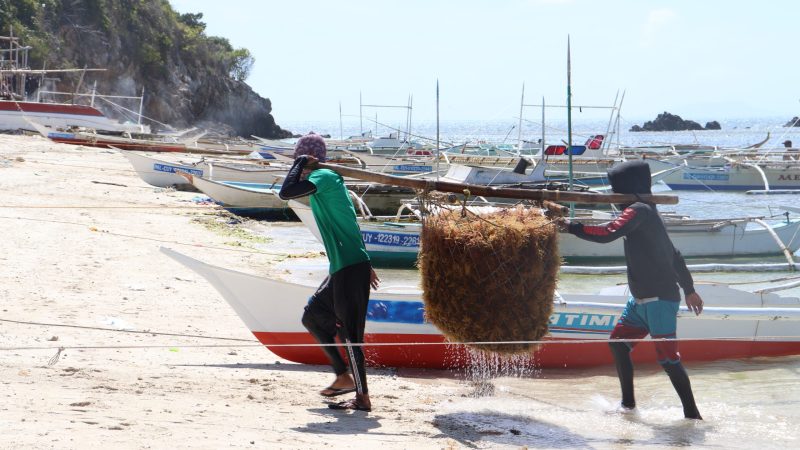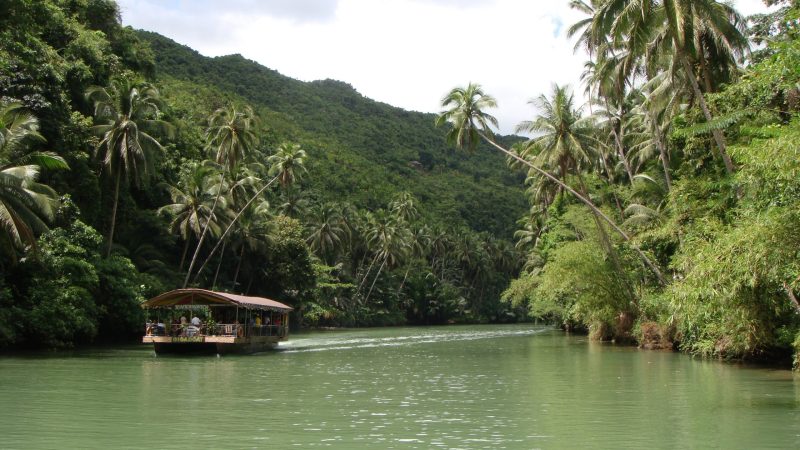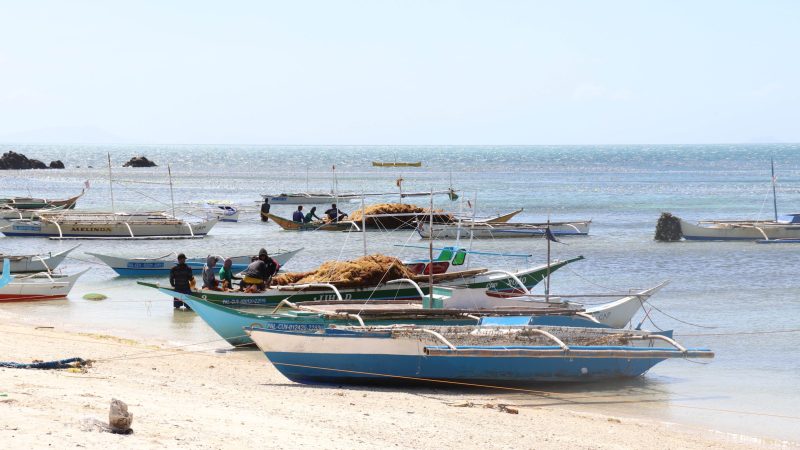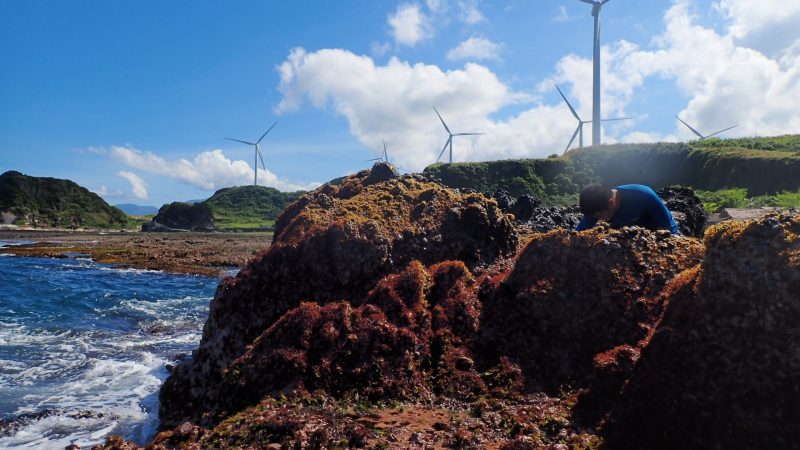The Philippines is an archipelagic country in Southeast Asia. Situated in the western Pacific Ocean, it consists of about 7,641 islands that are broadly categorized under three main geographical divisions from north to south: Luzon, Visayas, and Mindanao. The capital city of the Philippines is Manila and the most populous city is Quezon City, where the Marine Science Institute of the University of the Philippines is situated.
Philippine maritime waters encompass as much as 2,200,000 km2 (849,425 mi2), producing unique and diverse marine life, an important part of the Coral Triangle. The total numbers of species of corals and marine fish were estimated at 500 and 2,400, respectively. New records and species discoveries continue. The Tubbataha Reefs in the Sulu Sea were declared a World Heritage Site in 1993. Philippine waters also sustain the cultivation of fish, crustaceans, oysters, and seaweeds. One species of oyster, Pinctada maxima, produces pearls that are naturally golden in color. Pearls have been declared a “National Gem”.
With an estimated 13,500 plant species in the country, 3,200 of which are unique to the islands, Philippine rainforests boast an array of flora, including many rare types of orchids and Rafflesia.
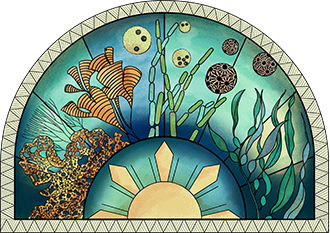
THE IPC 2025 LOGO
The logo for the 13th International Phycological Congress celebrates the rich phycological biodiversity, showcasing an array of algae forms that are both foundational and diverse in the ecosystem. The logo’s art is inspired by the vibrant hues and intricate patterns of stained glass. The design’s stained glass inspiration casts phycology in a new light. Just as stained glass tells a story through its myriad pieces, phycology reveals the complex and interesting narrative of life in our waters.
Incorporated into the design is the traditional Visayan Tattoo motif, which pays homage to the cultural heritage of the Visayas region where the congress will take place and symbolizes the connection between nature and people.
The logo also prominently features a rising sun inspired by the iconic sun from the Philippine Flag, radiating warmth and enlightenment. The rising sun in this logo signifies the congress’s location in the sun-kissed islands of the Philippines and the bright future of phycological research.



